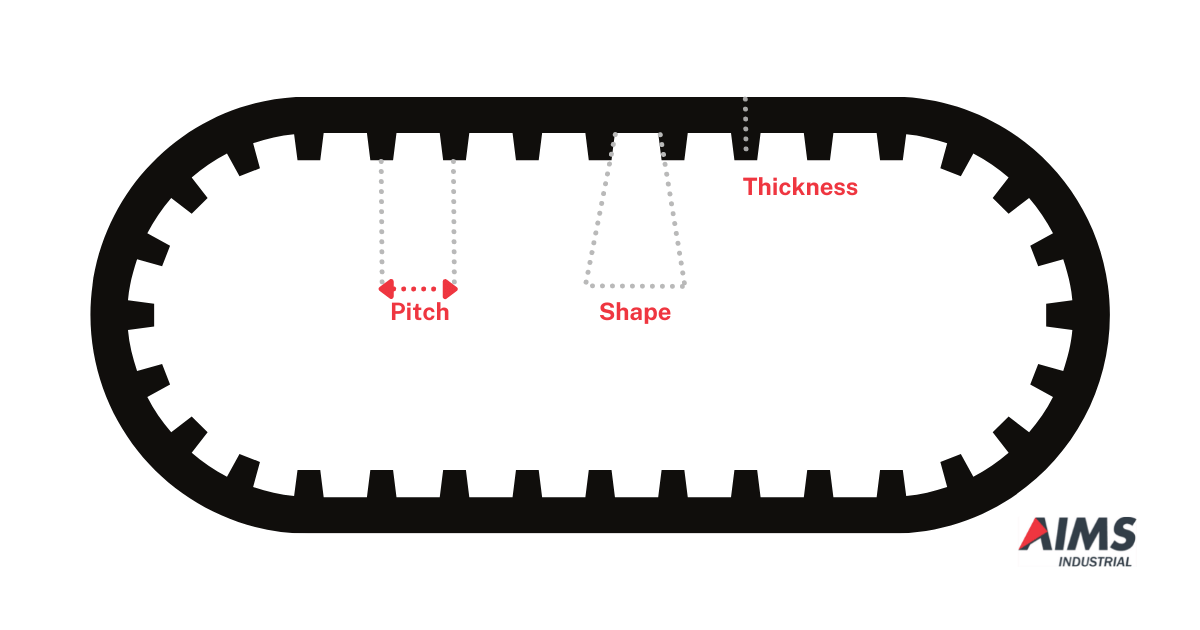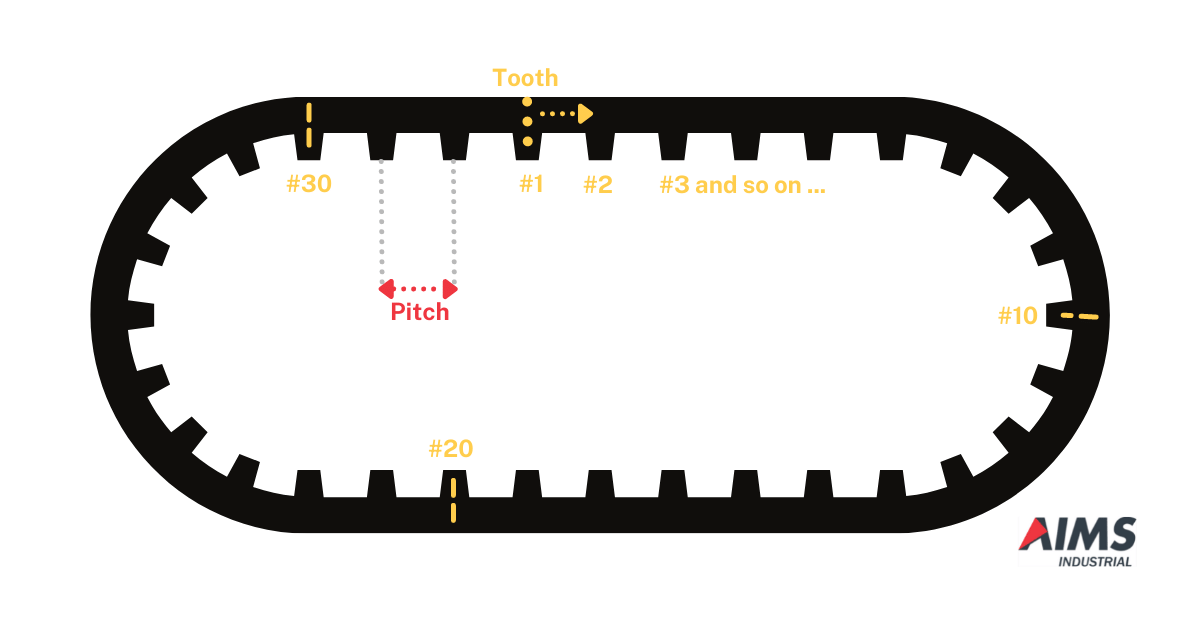Timing Belts: Measuring Made Easy

Timing Belts: Measuring Made Easy
Alright, so your timing belt needs a replacement, but you’re stuck on measurements? Don’t stress. Measuring a synchronous timing belt is easier than cracking open a cold one after a long day. Let’s get you sorted in 4 easy steps!

1. Nail the Pitch
First up, the pitch. That’s the distance between the centres of two belt teeth. Grab a ruler, measure carefully, and voilà, you’ve got the pitch. This is the key to finding the right belt for your machine.
2. What’s Your Tooth Profile?
Timing belts aren’t all the same. Those little teeth come in different shapes. Compare your belt’s tooth design to standard profiles to match it. Think of it as identifying a mystery bolt – you’ll need a good eye.
3. Count Those Teeth
Here’s the fun part—count how many teeth your belt has. (Yes, all of them.) Multiply that number by the pitch, and boom, you’ve got the length. Example: 50 teeth × 5mm pitch = 250mm belt length. Easy as!
4. Measure the Width
This bit’s straightforward. Grab a ruler or caliper and measure the belt’s width. No maths here—just a solid, accurate measurement.
 Need More Info?
Need More Info?
For the full how-to, check out our in-depth article on Measuring Synchronous Timing Belts.
Handy Extras for You
- Boost efficiency with our guide to Pulley Speed Ratios.
- Learn about spanner sizes with this Metric vs. Imperial Reference.
Grab What You Need
- Find Timing Belts for every application.
- Check out Timing Pulleys to keep things running smoothly.
See? Measuring timing belts doesn’t have to be a pain. With the right steps (and a little Aussie ingenuity), you’ll have your machine sorted in no time. Cheers!



%20V1_5.png)
.png)